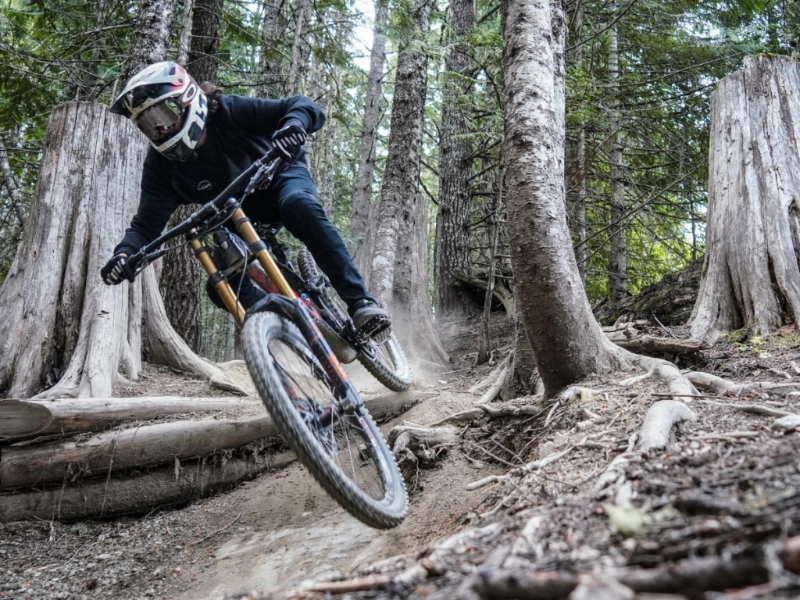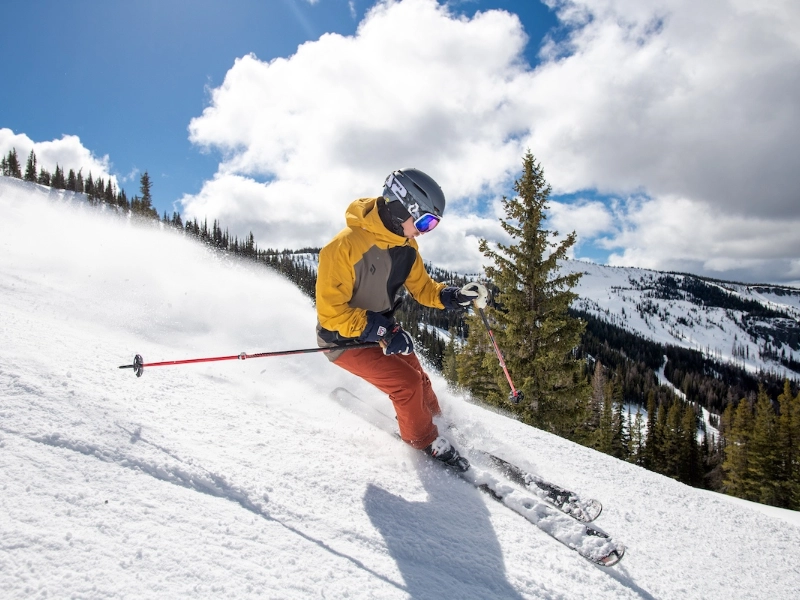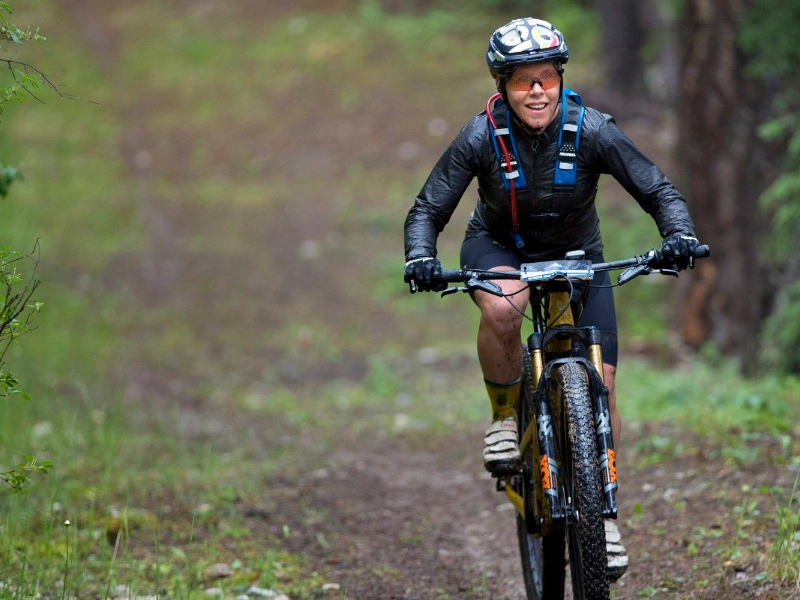Mountain biking downhill demands a high level of confidence and concentration. Enthralling to watch and participate in, the sport has massive jumps and formidable rock gardens. Substances go passively down their concentration gradients during cellular transport. The procedure doesn't need energy, unlike active transport (ATP). Energy from nature and kinetic energy power the movement.

 In the sport of skiing, competitors utilize customized skis with bindings to slide across snow while wearing boots. Skiing can be separated into two categories: cross-country and alpine. Both are regarded as active sports, but they each have benefits and drawbacks.
Skiing also enhances balance and agility while strengthening the legs and core muscles. Particularly for senior citizens, it can aid in preventing falls. Skiing helps people combat the aging process of losing their sense of touch and maintain an active lifestyle.
According to Fang et al. (2004), the musculoskeletal and postural control systems may undergo particular changes as a result of the leg muscles being repeatedly loaded at different intensities during downhill skiing. Furthermore, positive health effects like better blood lipid profiles, glycemic management, and exercise tolerance may be caused by the strong eccentric pressures and intermittent hypoxia of downhill skiing (Schobersberger et al., 2003).
In the sport of skiing, competitors utilize customized skis with bindings to slide across snow while wearing boots. Skiing can be separated into two categories: cross-country and alpine. Both are regarded as active sports, but they each have benefits and drawbacks.
Skiing also enhances balance and agility while strengthening the legs and core muscles. Particularly for senior citizens, it can aid in preventing falls. Skiing helps people combat the aging process of losing their sense of touch and maintain an active lifestyle.
According to Fang et al. (2004), the musculoskeletal and postural control systems may undergo particular changes as a result of the leg muscles being repeatedly loaded at different intensities during downhill skiing. Furthermore, positive health effects like better blood lipid profiles, glycemic management, and exercise tolerance may be caused by the strong eccentric pressures and intermittent hypoxia of downhill skiing (Schobersberger et al., 2003).
 A wonderful way to put yourself to the test on some challenging and steep courses is to race downhill. It's a demanding discipline that needs the appropriate tools and abilities to be successful. You might be able to participate in the activity by hiking up or visiting a bike park that has lift service, depending on where you reside.
It's crucial to maintain good form and avoid dropping your shoulders or bending backwards when running downhill. The lower back and hip flexors are overworked as a result. It is advisable to wear trail shoes with stronger, supportive uppers, lugs for grip, and stickier rubber to avoid this from happening.
Additionally, it lessens the harm that running downhill does to your muscles. Furthermore, it's critical to extend your stride length and train on a gentle incline. As a result, you won't need to exert as much force when running downhill. You'll have more control over it as well.
A wonderful way to put yourself to the test on some challenging and steep courses is to race downhill. It's a demanding discipline that needs the appropriate tools and abilities to be successful. You might be able to participate in the activity by hiking up or visiting a bike park that has lift service, depending on where you reside.
It's crucial to maintain good form and avoid dropping your shoulders or bending backwards when running downhill. The lower back and hip flexors are overworked as a result. It is advisable to wear trail shoes with stronger, supportive uppers, lugs for grip, and stickier rubber to avoid this from happening.
Additionally, it lessens the harm that running downhill does to your muscles. Furthermore, it's critical to extend your stride length and train on a gentle incline. As a result, you won't need to exert as much force when running downhill. You'll have more control over it as well.
 Riding down steep, difficult courses and trails at fast speeds is the main focus of the mountain bike sport known as downhill. Certain bicycles, body armour, and other safety gear are needed. It's an intense sport that gives you a rush of adrenaline.
The verb equip, which implies to give someone the tools they require for a task, is the root of the word "equipment." Some examples of equipment are solar panels, a circular saw, and duct tape.
Running downhill places special biomechanical demands on the muscles of the lower limb, such as the flexors of the ankle and extensors of the knee. Previous studies have looked at the damage that can be done to muscles by isolated eccentric muscular actions and exercises that involve a lot of these contractions; however, these studies did not look at the kinds of motions that are commonly used in sports and real-world training. It has been demonstrated that eccentric (lengthening) muscle actions cause more damage than concentric (shortening) actions, and jogging downhill is a functional exercise that uses more exaggerated eccentric muscle movement. This might be a better representation of injuries from actual activity.
Riding down steep, difficult courses and trails at fast speeds is the main focus of the mountain bike sport known as downhill. Certain bicycles, body armour, and other safety gear are needed. It's an intense sport that gives you a rush of adrenaline.
The verb equip, which implies to give someone the tools they require for a task, is the root of the word "equipment." Some examples of equipment are solar panels, a circular saw, and duct tape.
Running downhill places special biomechanical demands on the muscles of the lower limb, such as the flexors of the ankle and extensors of the knee. Previous studies have looked at the damage that can be done to muscles by isolated eccentric muscular actions and exercises that involve a lot of these contractions; however, these studies did not look at the kinds of motions that are commonly used in sports and real-world training. It has been demonstrated that eccentric (lengthening) muscle actions cause more damage than concentric (shortening) actions, and jogging downhill is a functional exercise that uses more exaggerated eccentric muscle movement. This might be a better representation of injuries from actual activity.